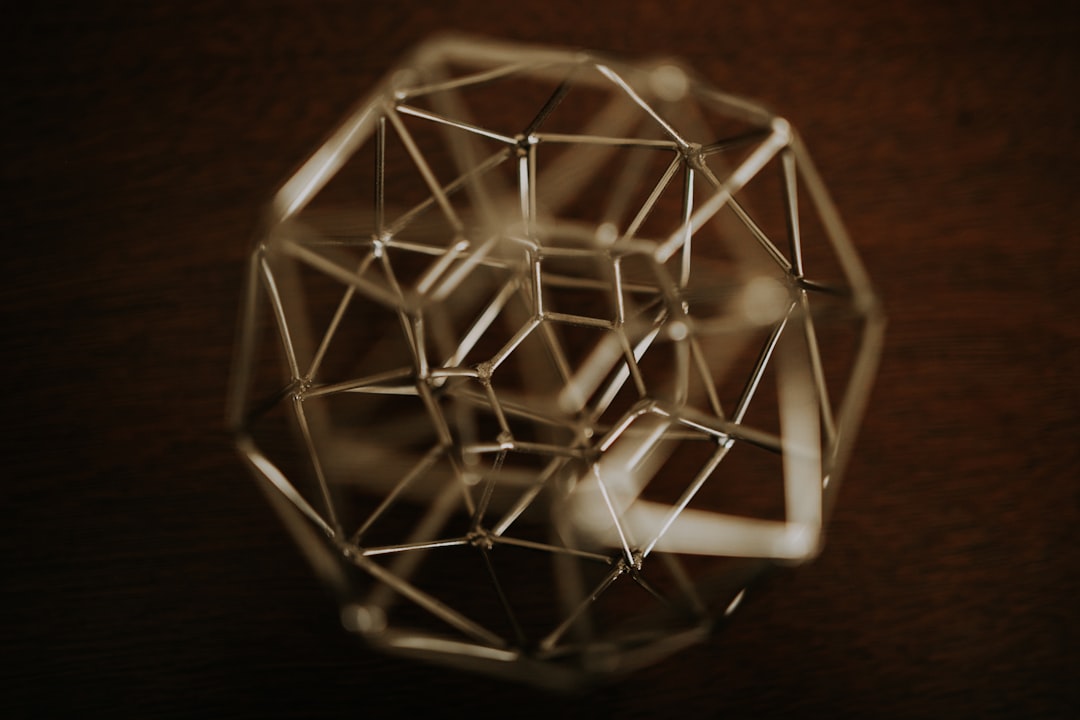What is it about?
The COVID-19 pandemic has affected healthcare globally. This has led to increased efforts to understand how the novel coronavirus (the virus causing COVID-19) actually works. But, insights on how the viral proteins interact with human proteins are lacking. This is due to slow experimental work, hampered further by worldwide quarantines. In this review article, the authors look at previous studies for information on the proteins encoded by the novel coronavirus. With this information, they create a public database called “Viral Integrated Structural Evolution Dynamic Database.” This includes details of the evolution, structure, and molecular biology of each coronavirus protein. The authors describe how COVID-19 proteins interact with human proteins and how these interactions affect us. They also highlight how the coronavirus has evolved to evade “nonsense mediated decay,” a process that eliminates viral RNA, by suppressing it with a protein of its own, called “nucleocapsid protein.” Additionally, they discuss the negative effects of viral activation of detrimental variants of the human gene that are otherwise suppressed.
Featured Image

Photo by Martin Sanchez on Unsplash
Why is it important?
The combination of changes to our immune system and cellular processes governs our response to the novel coronavirus. Understanding these detailed biological processes is essential for the development of new therapies and antiviral drugs. KEY TAKEAWAY: New therapies to tackle COVID-19 infection should make use of previous molecular and biochemical studies on the novel coronavirus. This could go a long away in the battle against COVID-19.
Read the Original
This page is a summary of: SARS-CoV-2-Encoded Proteome and Human Genetics: From Interaction-Based to Ribosomal Biology Impact on Disease and Risk Processes, Journal of Proteome Research, July 2020, American Chemical Society (ACS),
DOI: 10.1021/acs.jproteome.0c00421.
You can read the full text:
Resources
Contributors
The following have contributed to this page










